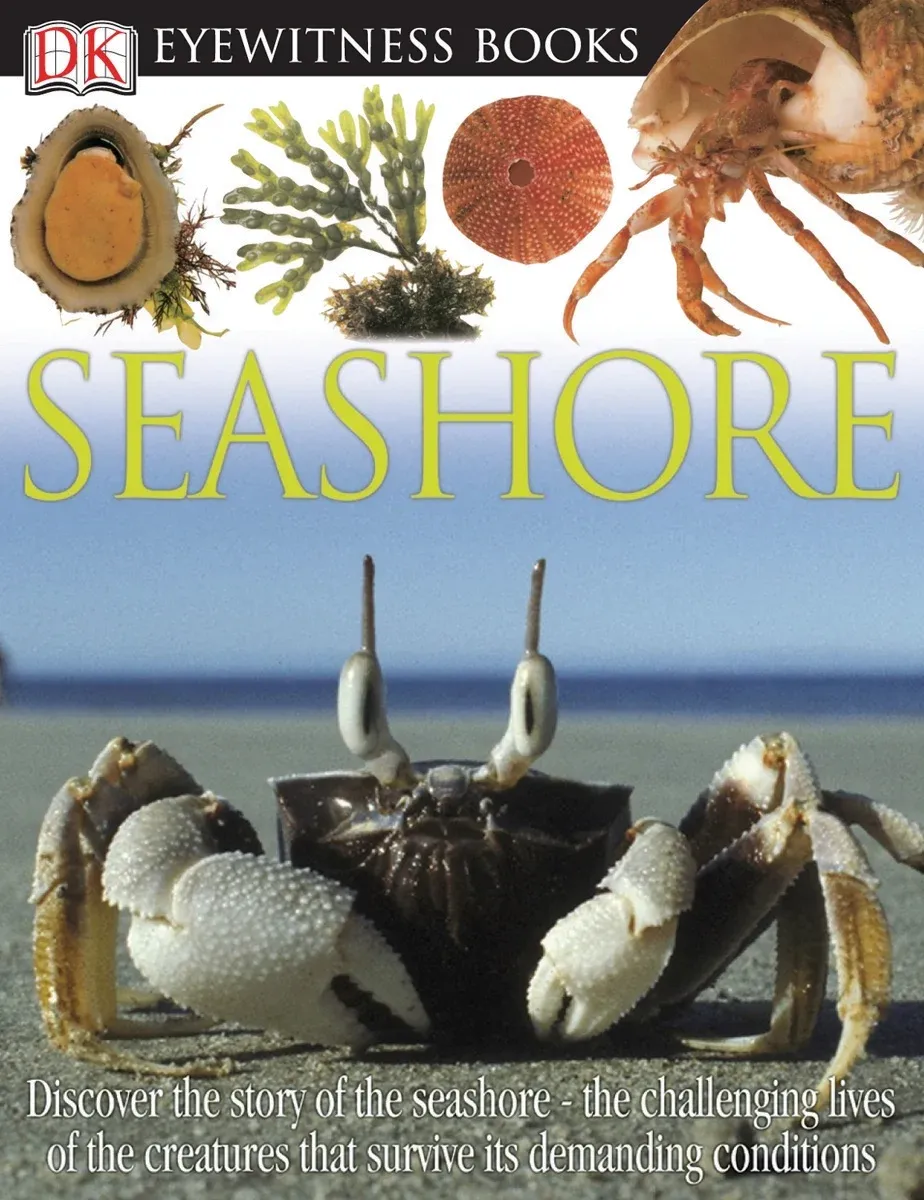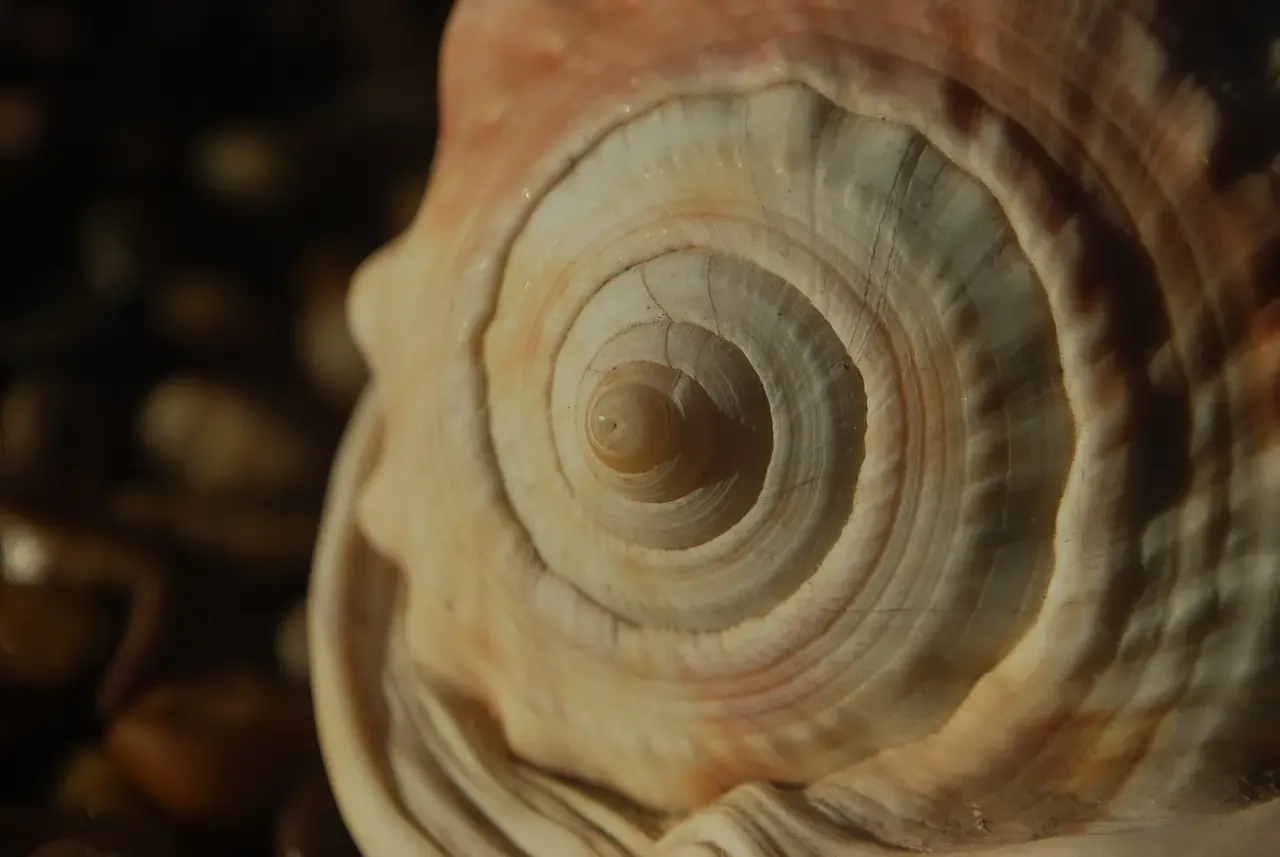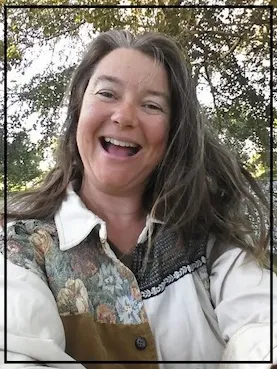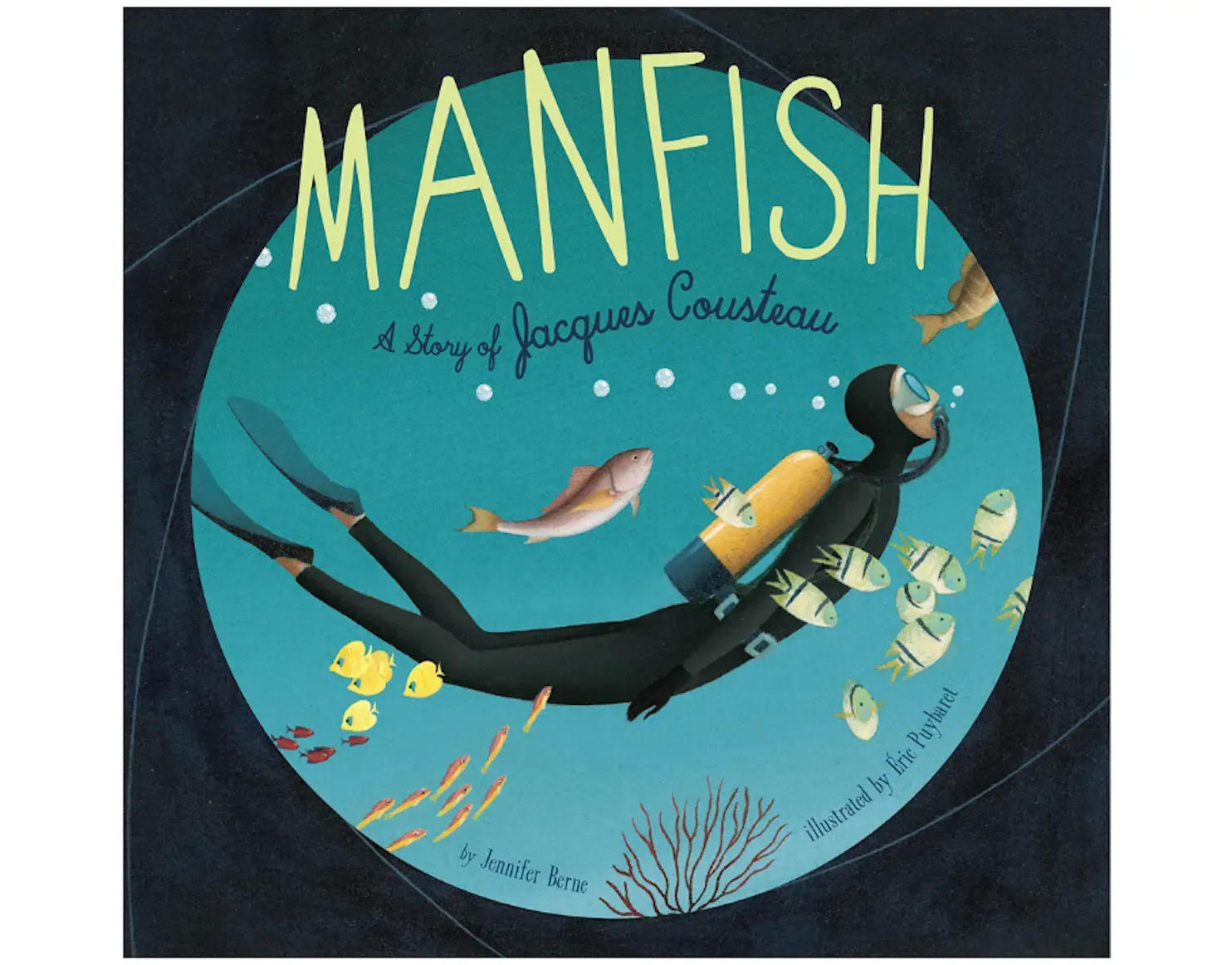What is a Unit Study?
What is a Unit Study?
A unit study is a focused topical study of high child interest that connects multiple subjects relating back to the main topic.
Watch the video below answering the question, what is a unit study.
Since many children LOVE studying the ocean, I will use a homeschool ocean unit study example with a seashore focus.
In this article, I provide not only an operational application for what a unit study is, but, my top tips for doing a unit study.
Tip 1: Unit Studies Answer Children's Specific Questions
Suppose your child, who's fascinated with the sea, has certain scientific questions about it. As you go through rich learning resources with your child, allow them free perusal of the resources you gather.
As your child explores the books, games, and other ocean resources that you gather for them, their questions will naturally arise. Together, you and your children can answer their questions using the resources themselves, and, or, your good 'ol friend, Google.
For example, your child might ask:
How is a shoreline formed?

For the subject of science being covered, you and your child can dive into ocean unit study research mode and answer that question by searching YouTube, library books, or consulting Google.
Tip 2: Unit Studies use a Spine Book
What is a spine book?
A spine book is a "living" book that offers an encyclopedic version of the information you're studying. They are used as a jumping off point and give structure, or a "bird's eye view" to a topic of interest.
These spine books allow children to discover all the possible sub-topics that they may want to explore in-depth.

What is a Living Book?
Living books are the opposite of textbooks, which typically lay out information in a dry industrial fashion according to state requirements. Living books are written by people who are passionate and knowledgeable about a subject and draw from experts in the subject.
Living books about the seashore such as DK Eyewitness' book, Seashore, can bring the sea to life for your family. The Eyewitness books are extraordinary rich, engaging, and visually stimulating books that can help you cover literary skills while you read aloud together with your child.
DK Eyewitness books are great unit study "spine books" because they also make relevant connections with science, history, literature, art, and more.
They are a terrific springboard for you to dive into specific topics that your learners become interested in going in-depth about.
Tip 3: Unit Studies Cover Language Arts Through Living Storybooks
Ocean Unit Study Language Arts Examples
Covering language arts in an ocean unit study can include reading aloud from beautiful living books about the sea to your kids, such as, Manfish: A Story of the Life of Jacques Cousteau.
Reading aloud from beautifully illustrated living books, like Manfish, A Story of Jacques Cousteau, can inspire kids to WANT to write about ocean topics of interest. Often children will be prompted to create illustrated stories about their topic of choice.
Tip 4: Unit Studies Can Inspire Reluctant Writers

During a rich unit study learning experience, the kiddos may be inspired to write and recite poetry.
The more exposure kids have to rich literature, in this example, ocean topics of interest, the more inspired they'll often become to create their own unique written works.
You may be surprised at how self-motived and self-directed they become in their literary creations once they become inspired by a topic of interest.
Many reluctant child writers forget their writing reluctance, and begin writing about a topic they're passionate about.

If your reluctant writer suddenly gets inspiration to write, but, their written work is filled with spelling and grammar errors, please refrain from feeling the "schoolish" need to correct them. The schoolish need to correct everything in a reluctant writer's written work can crush a child's writing enthusiasm, especially, if their creativity is rudely awakened with an unnecessary sense of perfectionism.
It's OKAY to have written mistakes in early writing! Humans learn by their mistakes. I realize that in writing this, many perfectionists will indeed bristle. I understand.
I as an educator I have doled out many red-marked papers back to my students.
However, this is why many children refuse to write. Our education system prides itself on red marking every spelling and grammatical error known to humanity. However, this is unnecessary, as time, experience, and many read alouds will teach learners to self-correct spelling and grammar errors.
Keep in mind, however, that some people, for whatever reason, seem to be forever poor spellers.
So what?
Yup, that's what spellcheck is for!
Tip 5: Unit Studies Can Make Homeschool Math Come Alive

Math is typically not covered in most homeschool unit studies. Alternatively, parents might only cover a surface level of math within a unit study. They might feel that they're not "qualified" to cover math, or, they feel too intimidated to cover it.
However, finding math in whatever topic your child is interested in can prove to be a rich, enlightening experience, similar to looking for buried treasure.
The false belief is that math is it's own scary beast that must be taught in the typical painful incremental, step-by-step manner, only in a certain order. If a parent deviates from their state math education checklist, their child might miss out and be unprepared for higher maths and therefore college.
These are real fears and phobias from the global mainstream view of mathematics and how it's "expected" to be taught. As a homeschooler, or private, or charter school educator, you have more liberty and don't have to buy into this math education belief, even if you don't feel confident teaching math.
Math is like found treasure within any homeschool unit study.
Math is best brought alive when it's connected with the real world: nature, technology, music, and especially in the sciences.
A famous quote from Galileo Galilei is "Mathematics is the language by which God wrote the Universe."
In other words, math is the language of everything. Science is a beautiful, stimulating and engaging way to present math to kids.
Ocean Unit Study Math Examples
Ocean math can be a real blast! Kids naturally gravitate to collecting treasures on the seashore by beachcombing.
Why not look for the beauty and wonder of math all around you from the patterns found in the sand, seashells, to the curves found in the crashing waves. Can't go to the seashore?
Admire the seashores treasures from your local seashore field guide and DK Eyewitness's Seashore book.
Tip 6: Unit Studies Can Bring Alive the Higher Maths

Covering your middle and high schooler's higher maths isn't an impossibility either. After all, we're in the information age! Any seashore interest your child could have can also be described using higher maths along with a good Google search, and browsing your local university library. With these two resources alone, you can find mathematical tables for just about any sea related phenomena on the planet.
Tip 7: An Ocean Unit Study Can Cover History
Did you know there's a book out entitled, The Human Shore by John R. Gillis? It shares the history of humanity's relationship with the sea. This is just one clever history connection with the sea. Granted, this book would be more suited to a middle or high school reading level.
Tip 8: Unit Studies Can Cover Geography
You can use an online tool such as Google Maps helping you and your kids locate favorite seashore locations. Drop the little yellow person down onto the shoreline and have a look around. You can follow up this experience using a world map wall poster using pushpins to locate favorite seashores or seashores of interest.
Ocean Unit Study Projects, Experiments, and Field Trip Examples
Seashore projects are always best when you can do them hands-on and in-person at the seashore. Going on a seashore field trip affords you teh opportunity to combine projects, such as arts and crafts and experiments.
Projects can include beachcombing for seashells to create arts and crafts such as jewelry and shell ornamented picture frames with.
Getting special instruments to measure the salinity in the sea water is a great experiment.
Ready to learn more about unit studies? Check out the below articles that go deeper into other unit study aspects.
LEARN MORE: Easy Unit Study Planning 101
LEARN MORE: How to Create A Homeschool Unit Study with Family Discussion
Conclusion
Choosing to unit study in your homeschool can afford some of the most rich learning experiences.
Here are some concluding tips to remember as you unit study:
- The definition of a unit study is a focused topical study of high child interest that connects multiple subjects all relating back to the main topic.
- Choose your child's top learning interests, which could literally be ANYTHING.
- Intentionally connect multiple subjects, including math and Language arts, the two typically left out of unit studies.
- Replace unwanted curriculum with unit studies.
- Math will naturally show up in the unit study.
From the examples in this post, you can see that creating a unit study and including most or all of the core academic subjects doesn't have to be hard.
The rewards are that you and your family can be completely liberated from using any unwanted curriculum and replace it with creating your own family tailored curriculum using unit studies.
If this post is inspiring you to create your next unit study, let me know in the comments below. I'd love to hear all about it!
Talk soon!
Gloria aka NatureGlo





